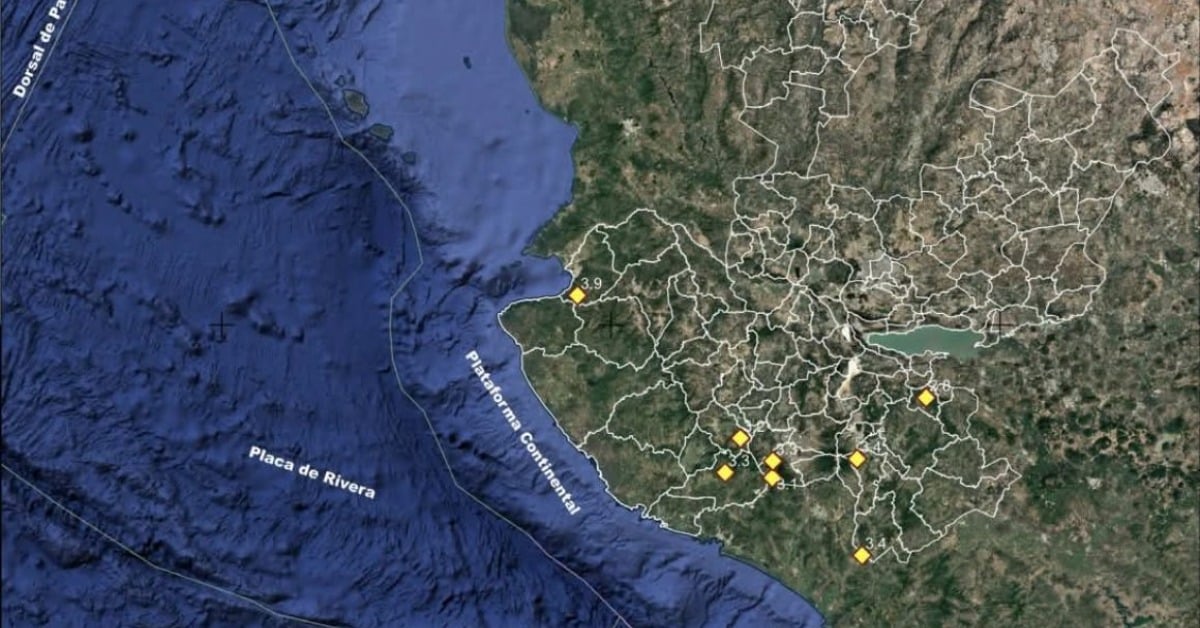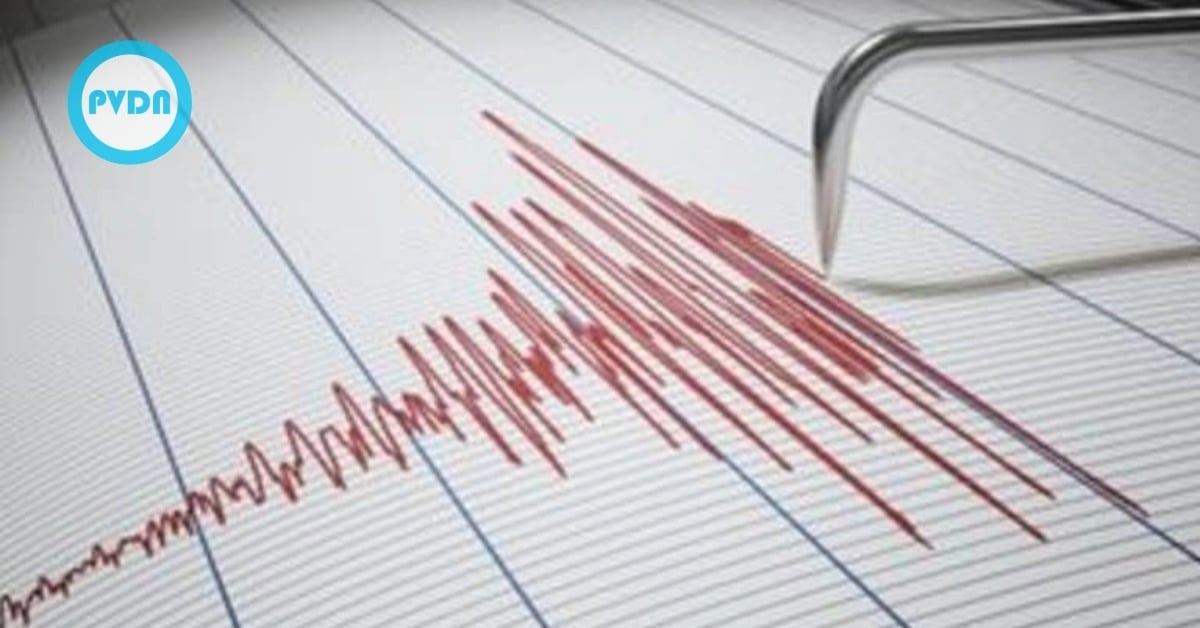PUERTO VALLARTA, Jalisco — Residents of Puerto Vallarta may not have felt the earth moving Monday morning. However, a second Puerto Vallarta earthquake in just over 24 hours struck the coastal city. The tremor, which measured 3.4 in magnitude, occurred at 8:03 a.m. It contributed…


